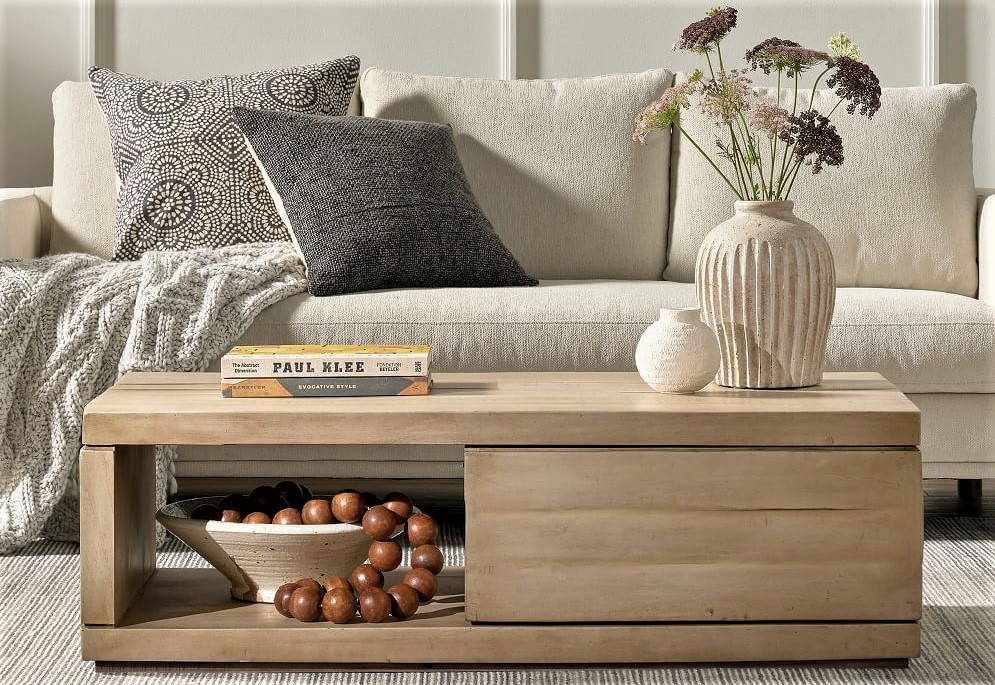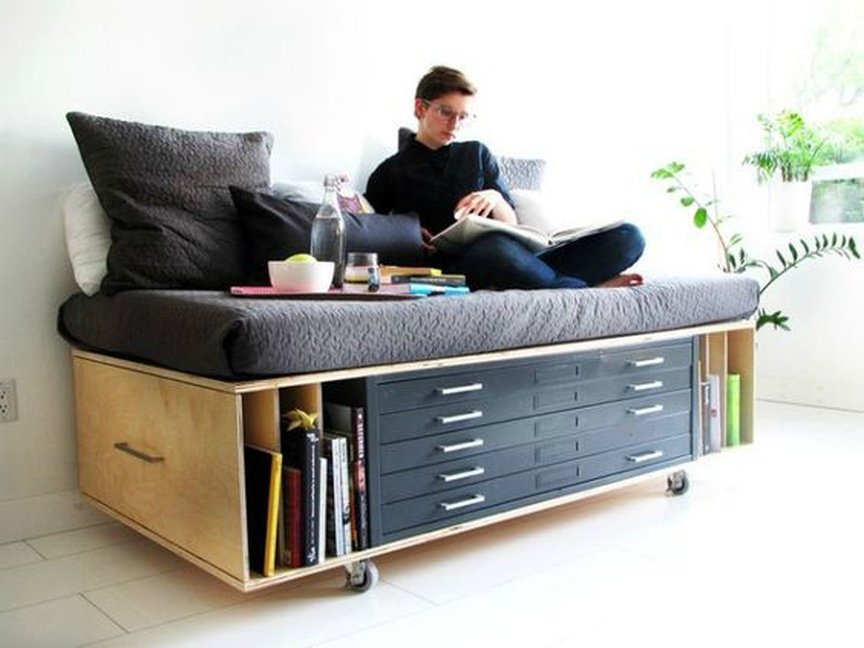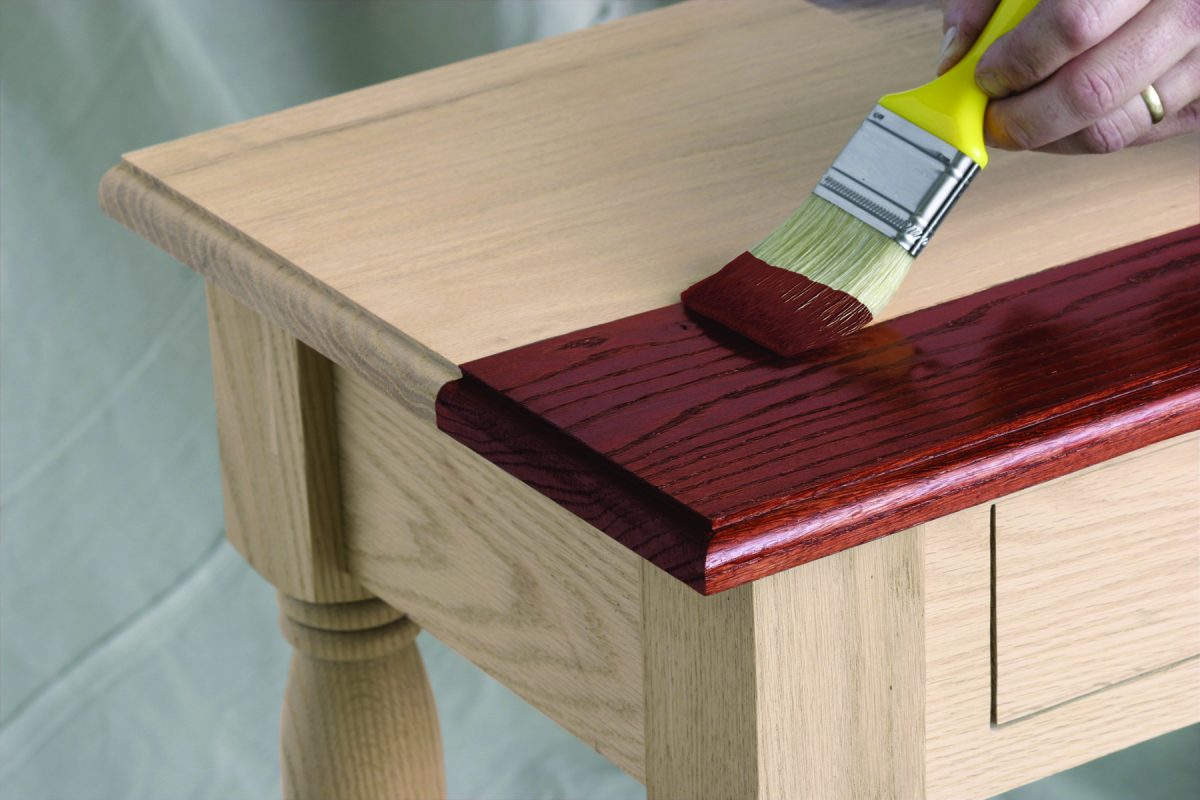Creating an inviting atmosphere in open-air spaces often hinges on how well surfaces are treated and maintained. Attention to detail can transform simple installations into captivating focal points, elevating any outdoor setting. Understanding essential techniques not only enhances aesthetics but also extends lifespan significantly.
Whether it’s a cozy patio or an expansive deck, mastering care methods is crucial for enduring beauty. Various elements come into play, from selecting appropriate materials to employing effective application strategies. An informed approach allows enthusiasts to traverse challenges and continue enjoying their outdoor retreats year after year.
An in-depth exploration of applied methods and tips can empower homeowners to achieve results that withstand both time and elements. By diving into various recommendations, individuals can unlock their creative potential, ensuring their outdoor settings are both stunning and resilient.
Choosing the Right Wood for Outdoor Furniture
Making an informed choice about materials is crucial when considering pieces designed for external environments. Various types of timber offer distinct characteristics, influencing longevity, appearance, and maintenance needs. Understanding these attributes will help in selecting suitable options for different climates and uses.
Factors to Consider
-
Durability: Select timber known to withstand elements. Hardwoods often provide greater resilience against moisture and decay.
-
Maintenance: Some varieties require more upkeep than others, influencing long-term care efforts.
-
Aesthetics: Consider the visual appeal and how it complements existing decor and surroundings.
-
Cost: Evaluate budget constraints while weighing the benefits of different materials.
Recommended Types of Wood
-
Teak: Renowned for its resistance to water and insects, making it ideal for wet conditions.
-
Cedar: Naturally repellent to rot, offers a pleasant aroma, and features a distinctive aesthetic.
-
Redwood: Lightweight yet strong, known for its natural beauty and resistance to warping.
-
Ipe: A dense hardwood, extremely durable with low maintenance needs; perfect for high-traffic areas.
Evaluating various choices allows for a well-thought-out decision, ensuring that the selected material will thrive in its intended environment while meeting aesthetic and practical demands.
Essential Tools for Perfect Finishing
Achieving an exceptional outcome in surface treatment requires not only skill but also the right equipment. An array of tools is available to help streamline the process and enhance the quality of the result. Selecting appropriate instruments plays a significant role in ensuring an even application, durability, and a polished look.
|
Tool |
Description |
|---|---|
|
Sander |
This power tool smooths surfaces and helps remove any imperfections, making it essential for initial preparation. |
|
Brushes |
High-quality brushes allow for precise application of treatments and protectants, ensuring a uniform finish. |
|
Sprayer |
An essential tool for larger projects, it provides an efficient and even coat of paint or sealant. |
|
Cloths |
Used for wiping and cleaning surfaces, they play a vital role in preventing dust and contaminants from affecting the finish. |
|
Masking Tape |
This tool helps in protecting areas that should remain free from treatment, ensuring sharp lines and neat edges. |
|
Safety Gear |
Including gloves and masks, these items protect against harmful chemicals and dust during the finishing process. |
Utilizing these indispensable tools not only enhances the quality of the treatment but also simplifies the entire procedure. Investing in quality instruments can lead to impressive and long-lasting results that elevate any piece.
Techniques for Smooth Wood Surfaces
Achieving a silky texture on timber surfaces requires a combination of skillful methods and careful preparation. From the initial sanding process to applying protective coatings, each step plays a vital role in creating a seamless finish that enhances both appearance and durability.
Preparation Steps
Before any treatment can begin, ensuring the material is clean and free from imperfections is crucial. Start by assessing the surface for any rough spots or dents, which can negatively impact the final result. Use a scraper or filler to mend these flaws, paving the way for a smoother application.
Sanding Techniques
Effective sanding is foundational for achieving an even surface. Utilize progressively finer grits of sandpaper, beginning with a coarser option to remove larger imperfections. Transition to finer grits for a polished touch. Orbital sanders or hand sanding techniques can be employed, depending on the size and intricacy of the piece. Always sand in the direction of the grain to minimize scratches and ensure an optimal finish.
After sanding, consider using a damp cloth to wipe away dust particles, which can interfere with subsequent treatments. Finally, applying a high-quality sealer or varnish will enrich the surface, providing an elegant sheen while safeguarding against environmental elements.
Weatherproofing Your Outdoor Furniture
Protecting exterior pieces from harsh environmental conditions is essential for longevity and maintaining their aesthetic appeal. Various methods and materials can significantly enhance durability, ensuring these items withstand rain, sun, and fluctuating temperatures.
One of the primary considerations is selecting appropriate finishes that provide a robust barrier against moisture and UV rays. Regardless of the material composition, treatments must be regularly reapplied to maintain effectiveness over time.
|
Method |
Description |
Application Frequency |
|---|---|---|
|
Sealants |
Applied to create a protective layer, preventing water penetration and damage. |
Every 1-2 years |
|
Stains |
Introduce color while also offering UV protection, thus extending the lifespan of surfaces. |
Every 2-3 years |
|
Oils |
Pentrate deeply to nourish and protect, ideal for enriching natural tones of materials. |
Every 6-12 months |
|
Coverings |
Utilizing tarps or specialized covers shields items from extreme weather, reducing exposure. |
As needed |
Implementing a combination of these techniques will enhance resilience and extend the life cycle of the exterior pieces while maintaining their beauty and functionality.
Stains and Finishes: A Guide
Achieving a lasting and appealing appearance for exterior pieces involves understanding various products available for enhancement. Different substances can serve dual purposes: enhancing aesthetics and providing much-needed protection against environmental elements.
Stains are primarily designed to penetrate and highlight the grain of materials, adding color while allowing natural patterns to remain visible. They often come in several formulations, including oil-based and water-based options. Oil-based stains typically offer deeper penetration and longer-lasting results, while water-based stains tend to dry faster and have lower levels of volatile compounds.
Finishes provide a protective layer over stained surfaces, contributing durability and resistance to moisture, UV rays, and other damaging factors. Various options exist, including varnishes, sealers, and polyurethanes, each with unique characteristics. Varnishes, for example, deliver a glossy sheen, whereas sealers provide a more natural look while still defending against wear and tear.
Choosing appropriate combinations of stains and finishes based on specific requirements can significantly influence longevity and visual appeal. Proper application techniques, including preparation and layering, play crucial roles in achieving results that withstand the test of time.
Maintenance Tips for Longevity
Proper care and regular upkeep play a crucial role in extending the lifespan of your outdoor items crafted from timber. By implementing a few straightforward practices, you can significantly enhance the durability and aesthetic appeal of your investments. Here are some essential guidelines to ensure lasting beauty and functionality.
Regular Cleaning
Keep surfaces free from dirt, debris, and grime by performing routine cleanings. Utilize a soft brush or cloth along with a gentle soap solution to avoid damaging the finish. Rinse thoroughly with clean water to prevent soap residue, which can attract dirt. This simple maintenance step not only preserves appearance but also helps prevent decay.
Protective Treatments
Applying protective coatings is key for shielding against environmental factors. Select high-quality sealants or oils that are specifically designed for exposed materials. Regular applications create a barrier against moisture, UV rays, and temperature fluctuations, reducing the risk of warping and fading. Always follow manufacturer instructions for optimal results.
Remember that preventive measures are essential for longevity. Taking the time to care for your timber items will yield satisfying returns in terms of durability and visual charm.
Q&A: Home furniture outdoor wood furniture finishing secrets
What are the best types of wood finishes for outdoor furniture?
When selecting a finish for outdoor wood furniture, it’s essential to choose products specifically designed to withstand weather conditions. The best options include marine varnish, which offers excellent water resistance and UV protection, and penetrating oils like teak or tung oil, which nourish the wood while providing a degree of protection. Additionally, there are also water-repellent sealers that can help minimize moisture absorption. It’s essential to consider factors like durability, aesthetics, and ease of application when choosing the right finish for your outdoor furniture.
How often should I reapply finish to my outdoor wood furniture?
The frequency of reapplying finish depends on several factors, including the type of finish used, the exposure to weather elements, and the amount of wear and tear the furniture experiences. Generally, a protective finish should be reapplied every 1 to 3 years. However, for oils, you may need to renew the application every 6 months to a year. Keep an eye on the appearance of the furniture: if the wood starts to look dull or feels rough, it’s a good indication that it’s time to refresh the finish. Regular maintenance ensures longevity and helps preserve the furniture’s aesthetic appeal.
What preparatory steps should I take before finishing outdoor wood furniture?
Before applying any finish to your outdoor wood furniture, proper preparation is crucial for achieving a professional-looking result. Start by cleaning the furniture thoroughly to remove any dirt, dust, or mildew. If there are old finishes, they may need to be stripped using a finish remover or sanded down to bare wood. Sanding not only removes the old material but also smooths the surface, allowing the new finish to adhere better. After sanding, wipe the furniture with a damp cloth to remove dust particles. Allow it to dry completely before proceeding with the application of the new finish, ensuring a smooth and even coat.
Can I use regular interior wood finishes on outdoor furniture?
No, it is not advisable to use regular interior wood finishes on outdoor furniture. Interior finishes do not contain the necessary additives to protect against the harsh elements found outdoors, such as UV rays, rain, and temperature changes. These finishes can deteriorate quickly when exposed to such conditions, leading to issues like peeling, fading, and moisture damage. Instead, always opt for finishes designed for outdoor use, which provide the durability and protection needed to keep your furniture looking great through various weather conditions.
How do you choose the best wood species for woodworking projects?
Choosing the best wood species for woodworking projects depends on factors like durability, wood grain, and the intended use of the final product. For example, hardwoods such as oak and maple are popular choices for their durability and attractive wood grain, making them great for dining room tables or wooden furniture. Softer woods like pine are easier to work with and are suitable for indoor furniture but may not be the best for outdoor projects. Understanding the characteristics of each wood species helps in selecting the right lumber for your woodworking projects to ensure the best results.
What are the outdoor finishing secrets for wooden furniture?
Outdoor finishing secrets for wooden furniture involve using high-quality wood oil and ensuring the wood is completely sealed to prevent moisture penetration. First, refinish the furniture by sanding it down to reveal the fresh wood grain. Then, apply a wood oil or beeswax, such as those included and recommended for best performance, to protect against the elements. This process should be repeated annually to keep the wood in top condition. Choosing an exterior wood oil that contains UV blockers can also help to prevent fading. This finishing approach ensures your outdoor furniture stays beautiful and durable through spring and beyond.
What is the Massca Pro pocket hole jig system, and how is it used in woodworking?
The Massca Pro pocket hole jig system is a heavy-duty aluminum pocket hole jig that is ideal for creating pocket holes in woodworking projects. This system is perfect for joining longer pieces of lumber or for repairing wood joints in furniture. To use it, simply align the jig with the wood, adjust the depth, and use the dust spout connector to keep your workspace clean. The Pro pocket hole jig is reliable for creating strong, stable connections, especially in outdoor projects where stability is key. Many woodworkers find this jig to be a great tool for precision and ease of use.
How do you properly care for wood cutting boards and utensils to ensure longevity?
To keep your wood cutting boards and utensils in top condition, regularly apply a wood oil or board butter made from the highest quality ingredients, such as beeswax, which is perfect for use in food preparation. Allow the wood to absorb the oil completely before wiping off any excess to maintain its moisture level and prevent drying or cracking. This process also helps to prevent odors or taste transfer to food. Following the directions for use included with the product ensures your customers can care for their wood products effectively, making them last longer while maintaining their beautiful appearance.
What are some woodworking tips for building outdoor projects?
For building outdoor projects, it’s important to choose the right lumber, such as pressure-treated wood or durable hardwoods that can withstand weather exposure. To create strong joints, use the Massca Pro pocket hole jig system with bench fixing screws for reliable support. Finishing outdoor furniture with exterior wood oil or beeswax is key to protect it from the elements. Ensure that the wood is sanded smooth and that any long edges are filed to prevent splintering. Outdoor finishing secrets include applying multiple coats of wood oil and ensuring each layer is allowed to fully absorb, providing a durable and weather-resistant finish.




